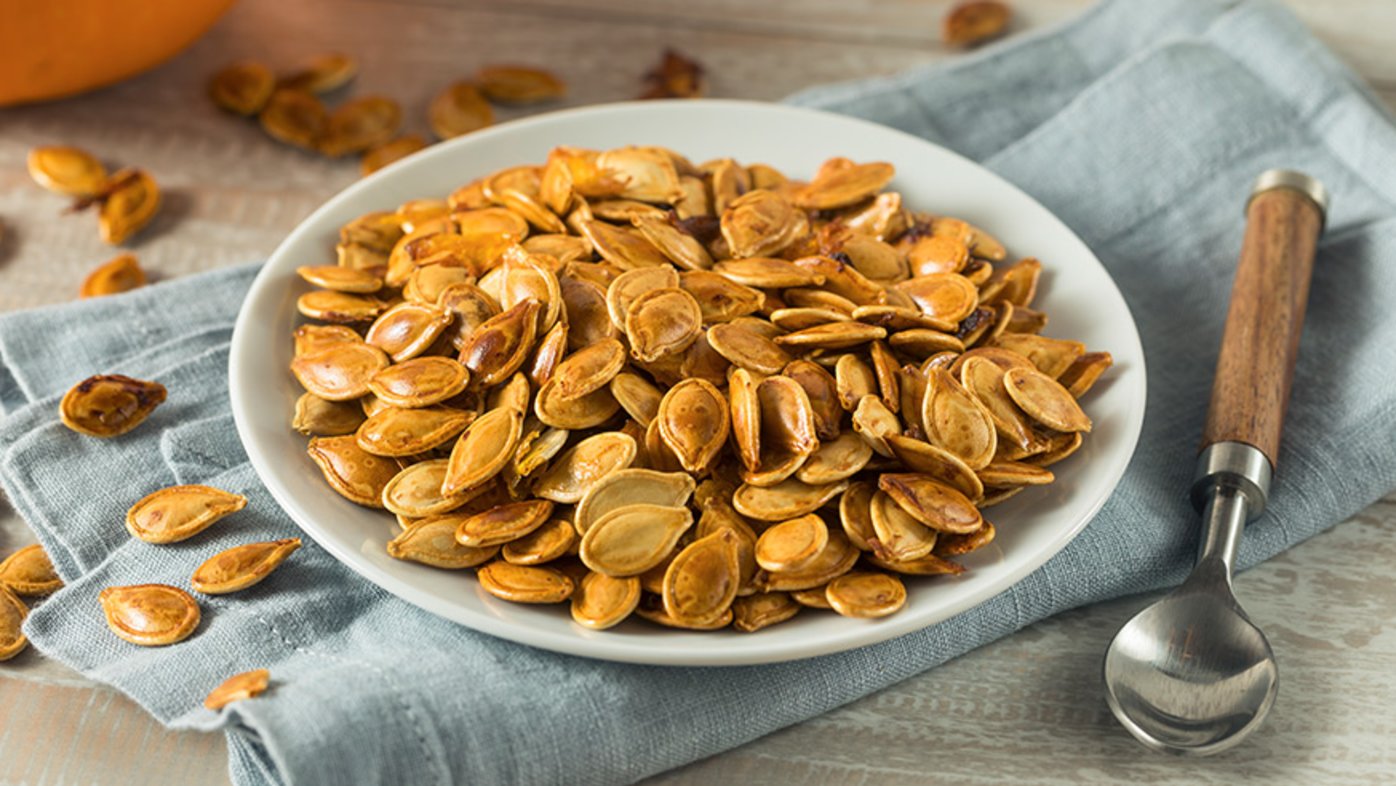
Health benefits of pumpkin seeds
Pumpkin seeds are loaded with the nutrients our bodies need.
You may have heard stroke is the fifth leading cause of death in the United States. Or that stroke is increasing in adults ages 35 to 50. But did you also know 80% of strokes are preventable?
A stroke is a “brain attack.” Blood travels to the brain to supply the oxygen and nutrients necessary for survival. A stroke occurs when an artery leading to or within the brain is blocked or damaged, depriving the brain of blood. If a stroke patient doesn’t seek immediate treatment, their ability to walk, speak or live independently may be affected.
According to Dr. Gregory Apel, a board-certified emergency medicine doctor and the chief medical officer of Sharp Coronado Hospital and Sharp Grossmont Hospital, common signs of stroke include:
Numbness or weakness in the face, arm or leg, especially on one side of the body
Confusion or trouble speaking or understanding speech
Trouble seeing with one or both eyes
Trouble walking, dizziness or problems with balance
Severe headache with no known cause
Preventing stroke
While it’s vital to know the signs of stroke and to call 911 immediately if you or someone around you may be having a stroke, it’s equally important to understand how you can decrease your risk for stroke.
“Stroke is absolutely a preventable condition,” Dr. Apel says. “Making key lifestyle changes can make all the difference when it comes to stroke prevention.”
To decrease your risk of stroke, Dr. Apel recommends you:
Eat a healthy, well-balanced diet low in saturated fat and sodium.
Exercise regularly.
Maintain a healthy weight.
Avoid tobacco abuse and excessive alcohol use.
Receive treatment and monitoring for elevated blood pressure, high cholesterol and diabetes.
Stay up-to-date on health screenings and wellness visits to your doctor.
Recognizing and treating stroke
However, if you think you or a loved one are experiencing symptoms of a stroke, remember the phrase “time is brain.” Thirty million nerve cells in the brain die every 15 minutes when its critical blood supply is blocked.
Dr. Apel says it’s vital to know the “BE FAST” method to recognize and respond to a stroke:
B — BALANCE: Has the person lost their balance or coordination?
E — EYES: Is their vision blurred, double or have they lost their vision in one or both eyes?
F — FACE: Does one side of the person’s face droop when smiling?
A — ARM: Does one arm drift downward when both are raised?
S — SPEECH: Is speech slurred or strange when repeating a simple phrase?
T — TIME: If you see any of these signs, call 911 immediately.
“The faster a stroke patient is evaluated, the higher the chances of recovering from the event,” Dr. Apel says. “But it’s important to recognize we can all take charge of our own health and well-being in concert with our physicians to drastically reduce our chances of experiencing strokes in our lifetime.”
Learn more about stroke care at Sharp Coronado Hospital, a designated Primary Stroke Center.
Our weekly email brings you the latest health tips, recipes and stories.